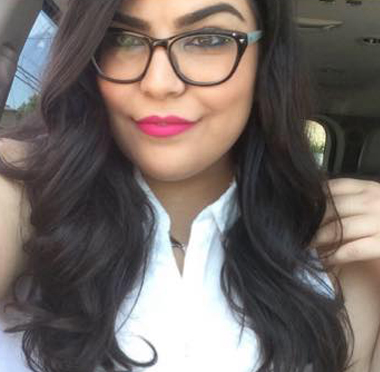Kinesiology, the study of human movement, is required in many fields, including sports and physical therapy, but little is know about its requirements or what the major actually entails.
The kinesiology division held what they call a “Kinfo” Day on Friday afternoon, discussing the opportunities available for kinesiology majors. They also provided more information about the subject and what steps students should take in order to have a successful future in the field.
Kinesiology majors can work in biomechanics, exercise physiology, motor development and learning, sport and exercise psychology and sports medicine. Anything related to either of the two could lead to a potential career for kinesiology majors.
More than 60 students from kinesiology and physical education classes attended the meeting held in the Student Center to get a better understanding of the subject.
Erin Calderone is a kinesiology professor on campus who actively promotes the subject as a major because she believes it “is a growing field and it goes beyond what everyone else thinks.” She wanted to use the information session to help students move past the idea that physical therapy is their only option once they get a degree in kinesiology because it is untrue.
Calderone and Yvette Ybarra, who teaches kinesiology and coaches the volleyball team, discussed the Fitness Specialist Certificate, which is coming next spring. The certificate requires a total of 20.5 units (23.5 with CPR) and takes about three semesters to complete. If students have previously taken one or more of the courses, those units will still be applicable for the completion of the certificate.
The FSC will prepare students for the Certified Personal Trainer and/or Group Exercise instructor exams. It is an opportunity for students who plan on transferring to a four-year college or university and majoring in kinesiology.
Another option that has proven successful since its debut last year is for students to complete their Associate in Arts for Transfer-Kinesiology. The AA-T in kinesiology provides students with applicable knowledge of the main concepts and skills needed to attain upper division status in the major.
The degree also makes it possible for students to transfer to Cal State Northridge, Long Beach, Los Angeles or Fullerton, as well as Humboldt State University, San Jose State University, Cal Poly Pomona and more.
According to Calderone, kinesiology majors can immerse themselves into areas of scientific research, occupational therapy, personal training, group exercise, sports coaching or physical education.
They can also find jobs in sports conditioning, nutrition counseling, corporate wellness management, health club management, health education/programming, orthopedic surgery, adapted physical education or even exercise equipment design depending on their area of interest.
The careers mentioned all require a background in kinesiology and it is important for students to see that they have a variety of options to choose from, more so than what they had anticipated. Many of those options are often ignored or overlooked, but almost all of them require helping others.
Kinesiologists often pursue careers that require helping people from all walks of life engage in physical activity for health and fitness, to improve sports performance and to rehabilitate from injuries.
Four guest speakerss, CSUN students who are currently involved in kinesiology, were also present at the presentation and they shared their experience and knowledge with the audience.
Cesar De Jeronimo developed an interest in kinesiology when he realized that he would be able to help others with their health and fitness. He was determined to pursue this study and attended CSUN, where he did more with the major than he ever thought possible and encouraged others to do the same.
While De Jeronimo went straight to CSUN as a freshman, it took Stephen Warren a few years to decide that he was going to major in kinesiology. Warren attended Santa Monica Community College before transferring to CSUN, but is glad he did because he feels like the entire experience was extremely rewarding.
Students also got to meet Natalie Vartanian and Christopher Bostwick who, after spending some time at Glendale College, both transferred to CSUN. Vartanian, like many other kinesiology majors, started off with a focus on physical therapy, but realized there were more options out there and currently works for Los Angeles County Parks and Recreation after studying exercise science.
Bostwick was at Glendale College for about four years and did not take advantage of all of the opportunities available to him until he transferred and realized how important it was to form connections and gain experience.
The speakers all agreed that kinesiology requires a lot of fieldwork and hands-on experience because that is how most students gain appreciation for the field.
CSUN kinesiology students founded the 100 Citizens program in June 2011 to provide the community with “an affordable (free), accessible (public park), and sustainable physical activity program” in an effort to improve the public’s health, as described on 100citizens.org.
The 100 citizens program was among the few that were mentioned at the meeting. For more “kinformation,” students are encouraged to attend the kinesiology workshop on Oct. 29 at 12:20 p.m. in the San Rafael building, room 138. There will be more information on the major and career paths.


